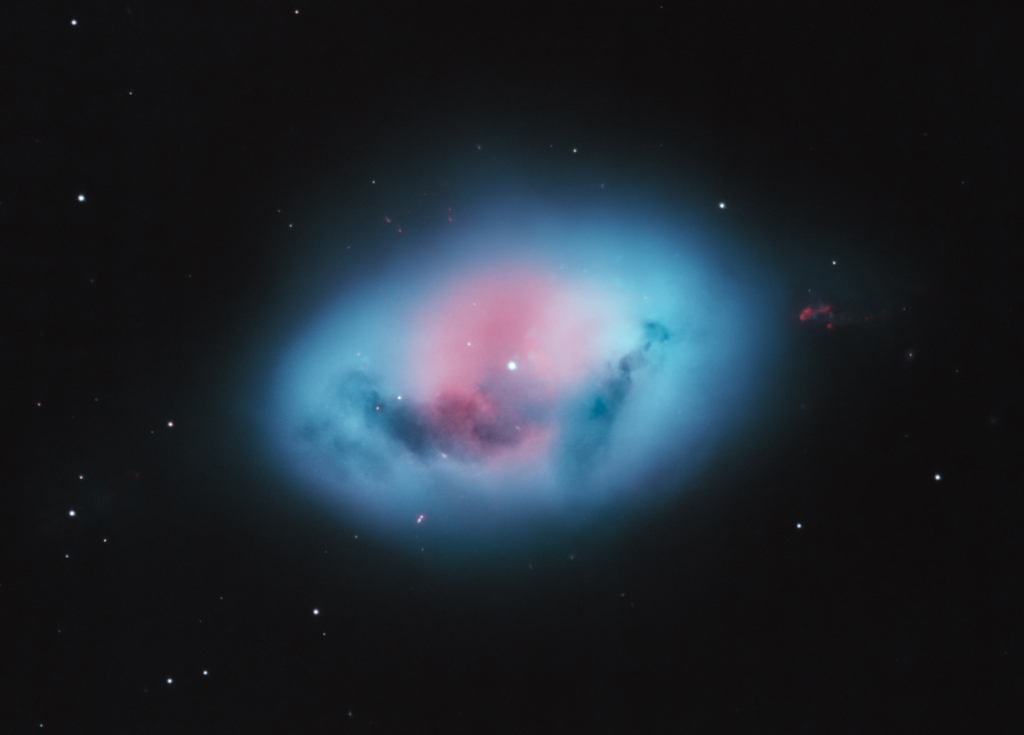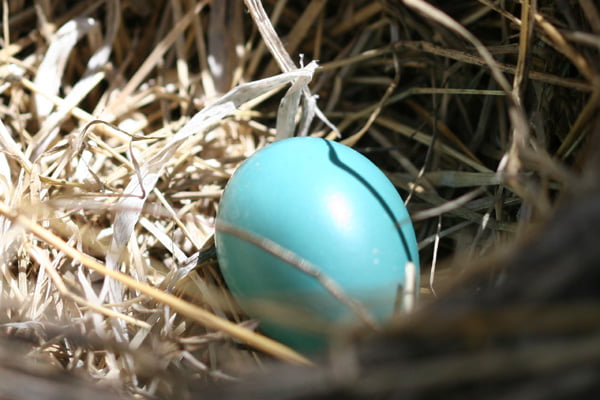VictorBorun wrote: ↑Sat Aug 05, 2023 6:39 am
Ann wrote: ↑Sat Aug 05, 2023 5:00 am
I guess they started out as a normal binary star, after which first one and then the other of the two "less than 8 solar masses components" used up their available fuel, shed their outer layers and became the "central double star" of a planetary nebula.
Ann
what are the chances for two blue giants in a binary to burn for say 100 million years and then go white dwarf in the same say thousand years?
They don't have to go white dwarfs within the same millennium.
Consider Sirius:
Wikipedia wrote:
Sirius is a binary star consisting of a main-sequence star of spectral type A0 or A1, termed Sirius A, and a faint white dwarf companion of spectral type DA2, termed Sirius B.
...
The system is between 200 and 300 million years old.[13] It was originally composed of two bright bluish stars. The initially more massive of these, Sirius B, consumed its hydrogen fuel and became a red giant before shedding its outer layers and collapsing into its current state as a white dwarf around 120 million years ago.
Sirius A is also going to become a white dwarf eventually. My amateur guess is that it will take at least 200 million years for that to happen. That's because Sirius A must first deplete its core hydrogen, then turn into a red giant, then run through its red giant life time which will include a strongly shrinking core and an enormous swelling and cooling of its outer layers, then a helium flash followed by core helium fusion, then helium depletion in its core and a new swelling and a general instability caused by on-again, off-again shell hydrogen and shell helium burning, and then, finally, a shedding of its outer layers and the birth of a new planetary nebula and a new white dwarf.
But this is my point. At the time when Sirius A becomes a white dwarf, Sirius B will still be a white dwarf orbiting their common center of mass.
And the planetary nebula that will be created by Sirius A will envelop Sirius B, too. So that's what Sirius will become for a short time in the future, a binary white dwarf inside a common-envelope planetary nebula.
Ann
 NGC 1360: The Robin's Egg Nebula
NGC 1360: The Robin's Egg Nebula



